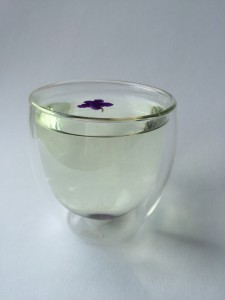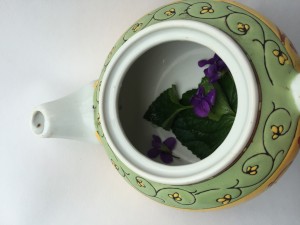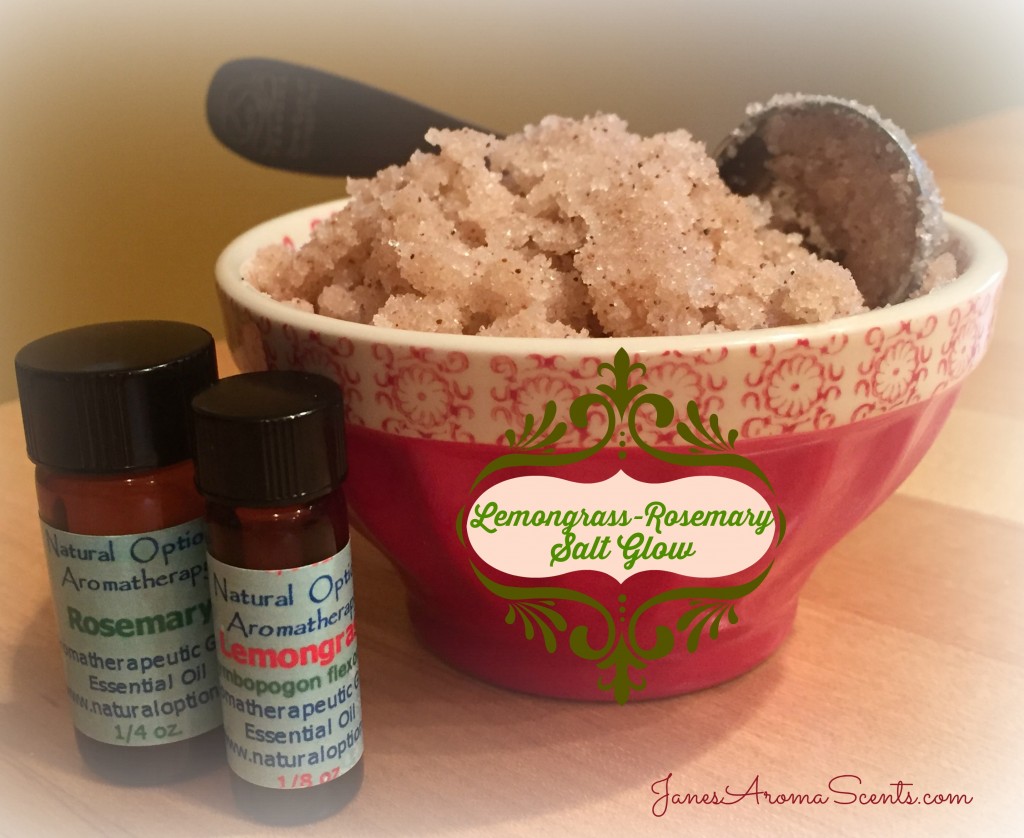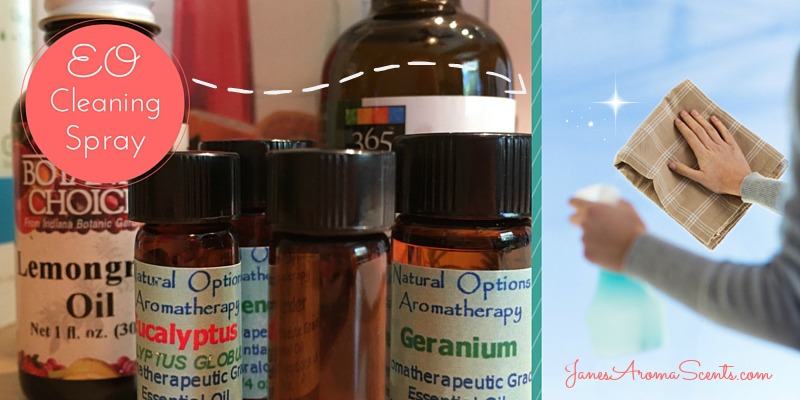How To Make Baby Salve
Ever the game players, my daughter and son-in-law asked us to play a word game just shortly after arriving to our house for Thanksgiving. “Hmm. They’re getting a little overanxious with this game thing,” I remember thinking.
Five minutes later we were trying to puzzle out a maze of words when my husband started yelling, “Is it true? Is it true?”
With my mind on Thanksgiving details, I was only half with it. I looked closer at the words. “Andrew. August. Amber. Baby. Expecting.
I jumped up and down for the next five minutes as it sank in that we were going to be grandparents!
Best Diaper Cream for Babies
With that joyful news, I started pondering what botanical product I wanted to make for the baby shower. I’m all about chemical-free and natural, so I thought a salve that could double as a diaper rash cream would be perfect.
As I worked on the formulation, I realized that for a newborn, simple is best. Over the last few years, information has changed a bit regarding essential oil usage on newborns. The current information that I learned in my certification studies is that it’s best to wait until a baby is about six months of age before starting to use highly diluted essential oils topically. Please keep in mind that this applies even more so for premature babies because they have high skin permeability. (And please remember, it’s never a good idea to have a baby ingest essential oils, either.)
Now the caveat to my previously mentioned “nevers” is if your child is under the care of a doctor, naturopath, or clinical aromatherapist, and they advise otherwise.
However, in this case, I left out all essential oils from the recipe so that I—or you—wouldn’t be worried about using the baby salve on any age baby.
With that in mind, let’s look at the recipe. It’s really pretty simple.
Baby's First Salve

A natural, chemical-free salve recipe that doubles as a diaper cream.
- 70 grams extra virgin olive oil (58%) ((EVOO is perfect for medicinal products))
- 36 grams calendula oil (30%)
- 14 grams beeswax (12%)
- steel tin or glass container
Makes aout 4 ounces of salve.
Beeswax
-
Weigh and measure out all your ingredients.

-
Begin melting the beeswax in a double boiler.

-
When partially melted, add the calendula oil and olive oil.
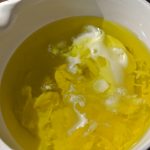
-
As you add the oils, the beeswax may harden again a bit, so continue to stir until everything has liquefied. I find that using a baby fork to stir works very well and it’s easy to clean.

-
Remove from heat, carefully wipe down the pot you are pouring from so that no moisture drips into your containers and pour immediately into sterilized containers.

-
Let set until it has hardened, about an hour or two depending upon the size of containers you are using.

-
As it hardens the salve will change from clear to opaque.
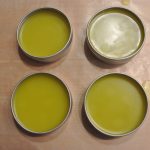
-
Be sure to label your product, including the ingredients.
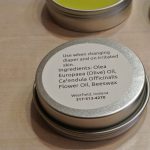
About the Ingredients
Olive oil is a wonderful oil to use when making medicinal type products. It has a low risk of oxidative degradation. It contains vitamins E, K, squalene, and carotenoids. It’s an antioxidant that is helpful wound healing, dry skin, and for eczema, just to name a few things.
Calendula oil is an herbal oil you make through infusion, and it’s a powerhouse oil for the skin. I love growing my own calendula, drying it, and using it to infuse olive oil. It’s wonderful for wound healing and tissue repair, inflamed skin conditions, cracked skin, cracked nipples due to breast feeding (nontoxic to baby), burns, insect bites, and damaged tissues and ulcers.
Beeswax is an emulsifier and a thickener, which makes it so beneficial in natural cosmetics. It helps seal in moisture to your skin. It is also healing for your skin. A powerful trio of ingredients used together in many recipes are beeswax, honey, and olive oil. It’s interesting to note that beeswax is being studied for its antimicrobial properties.
How To Use Baby’s First Salve
There are several ways to use this salve.
- Apply it when changing baby’s diaper to protect the skin and help heal it.

- Nursing mothers can use this salve on sore/cracked nipples. It is not harmful to babies.
- Irritated patches of skin. My grandson has been teething and was constantly drooling, which caused a rash on his chin. My daughter applied some of the salve to this area.
For sanitary purposes, I would recommend reserving a separate container of the salve for using with diaper changes and a separate container for other uses.
Baby’s First Salve is a simple, easy way to safely care for and nurture your little blessing. And best of all, since you made it, you have complete control over every ingredient. If you decide you don’t want to make your own, you can purchase Baby’s First Salve from my line of botanical products.
Use in good health!
Botanically me,
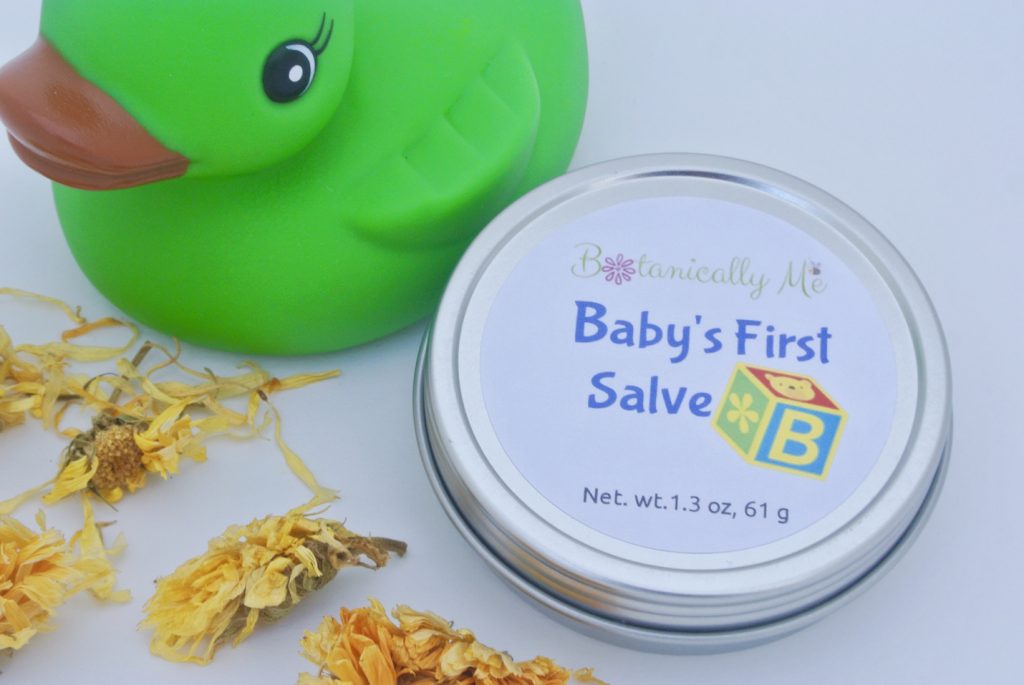

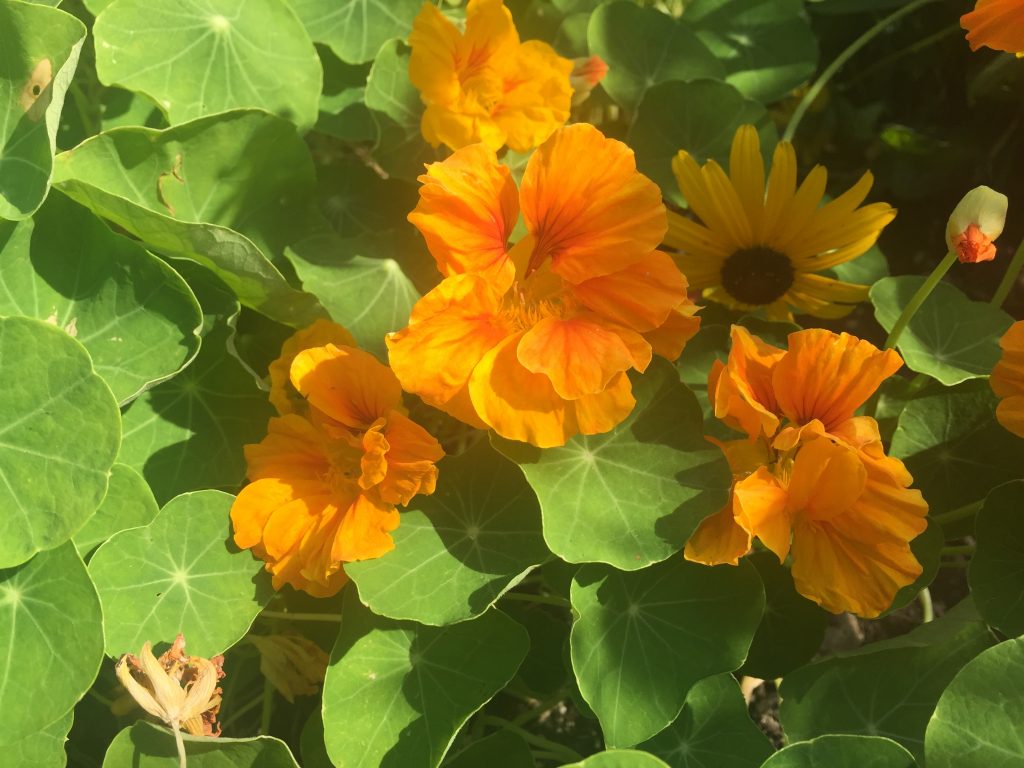
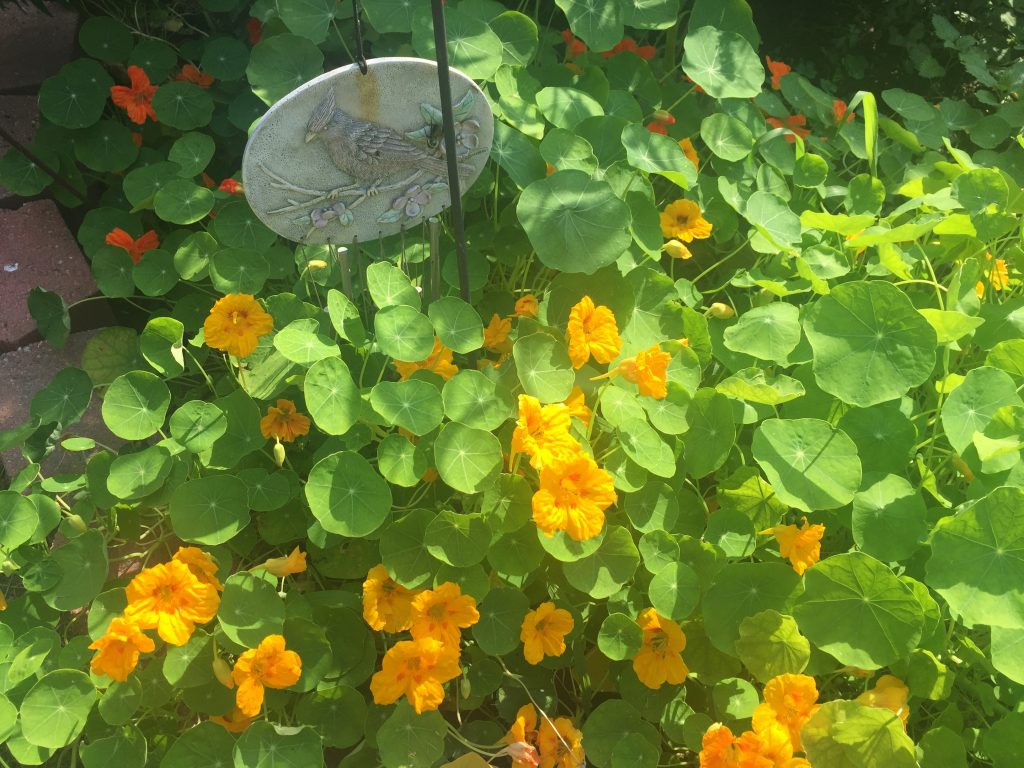

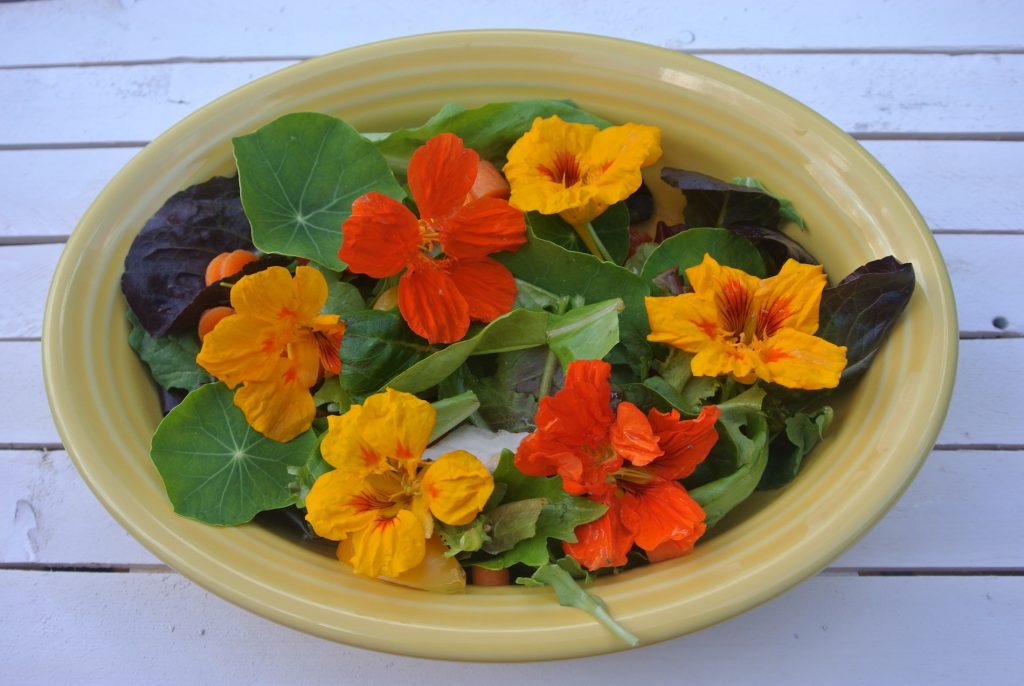
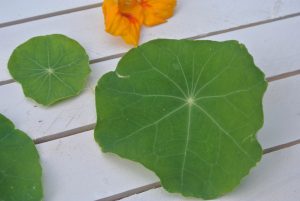

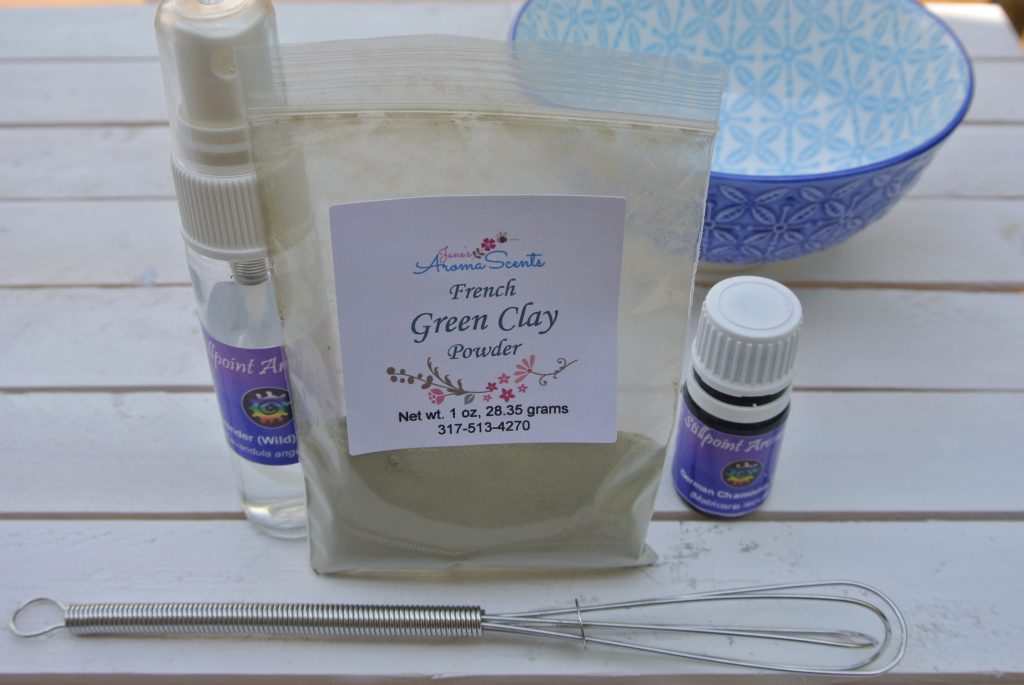 I love going to get a facial, but it’s usually a rare treat for me. For about three days after, my skin glows and fine lines and wrinkles are diminished. Wouldn’t it be nice to get similar results more often?
I love going to get a facial, but it’s usually a rare treat for me. For about three days after, my skin glows and fine lines and wrinkles are diminished. Wouldn’t it be nice to get similar results more often?
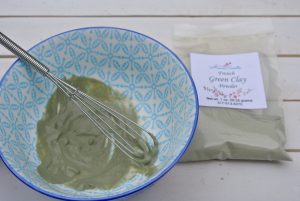
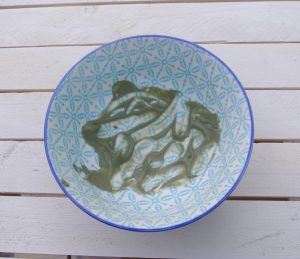
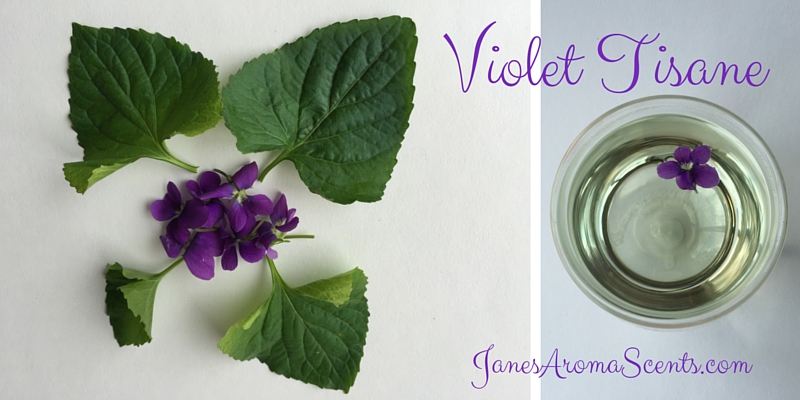 While you’re enjoying the beautiful violets gracing the front lawn, why not try making your own tisane to sip on a spring afternoon? Violet leaves contain Vitamin C and their mild, earthy taste is refreshing. Add a bit of honey to sweeten it up, and you’ll enjoy your pretty and tasty tisane.
While you’re enjoying the beautiful violets gracing the front lawn, why not try making your own tisane to sip on a spring afternoon? Violet leaves contain Vitamin C and their mild, earthy taste is refreshing. Add a bit of honey to sweeten it up, and you’ll enjoy your pretty and tasty tisane. plants that are safe. And do not use African Violets. That is a different plant entirely.
plants that are safe. And do not use African Violets. That is a different plant entirely.